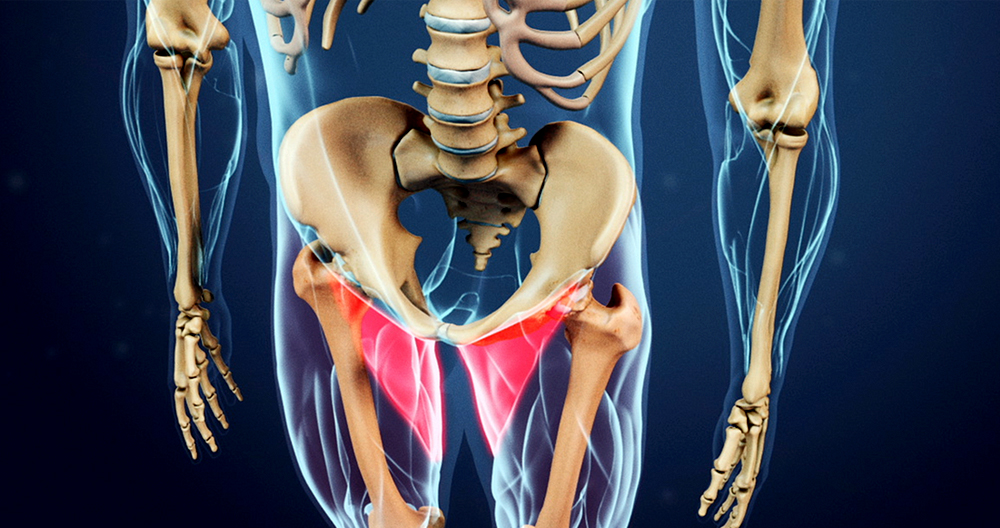
The groin, which is the most painful area of the body, can be a source of pain. If groin discomfort is experienced simultaneously with back or neck pain, the root cause most likely lies in the spine. In this article we will talk about back pain as well as groin problems. We will discuss how pain can occur in both these areas as well as any conditions or injuries that might cause it. Last, we’ll discuss options to reduce back or groin pain.
Groin Pain and Back Problems
Many reasons can cause groin discomfort, including the following:
- Hernias
- Groin injuries
- Kidney stones
- Infections
- Arthritis
- Pulled muscles
Most cases of groin problems are caused by acute injuries. If treated properly, they will usually resolve themselves on their own. The cause of groin pain with pain in your mid- or low back could be a spinal condition, such as a herniated or pinched disc, arthritis, or spine stenosis. The nerves connecting the groin to the brain travel to and through the spine. Groin pain can develop when the nerves are damaged or bulging in the spine.
Treating Back & Groin Pain
The first step in treating groin problems is to diagnose the exact cause. There are many treatment options, and only after a diagnosis can an effective plan of action be made. If you’re experiencing back or groin pain, your physician may examine the spine to determine if there are any injuries or conditions. Your physician may perform a physical exam as well as imaging tests such as x-rays (MRIs, CT scans), to confirm the issue. The treatment options that are available for a spinal issue like a pinched nervous system, including pain injections and physical therapy, can be extensive.
You should consult your physician if you’re experiencing groin or lower back pain. This is especially important if you recently had spine surgery. The best thing that you can do is get the pain checked out and the cause addressed as soon as you can.
Groin Pain: What can back problems lead to?
Herniated Disc
The spinal columns not only support the body, but protect many nerves that run from the brain into the rest of our bodies. Some of these nerves are sent to the groin. A herniated or bulging disc may press on the nerves to the groin. Some people experience pain in their groin due to disc problems in their back.
SI Joint Problems
The sacroiliac ligaments connect the spine to the pelvis, on the left and right sides of the body. SI joint discomfort can be caused when the ligaments become stiffer, the cartilage is damaged or misaligned. SI joints, which are located in the lower back, may feel like pain.
Referred Pain
Low back pain could be caused from any number of spinal problems. A common example of referred discomfort is pain radiating down one’s left arm during a heart attack. Problems in the lower section of the spinal column may cause pain in the groin or legs.
How do you know if your groin pains are related to back issues?
There is no easy method to determine whether groin pain is the result of problems with the spine or your back. Your doctor will be able to diagnose if your back causes your groin problems by carefully analyzing your symptoms, performing physical exams and testing the results.
Conclusions
Groin pain was most common in patients aged over 60 with an L4-L5 protruding herniation. The afferent neuron of groin problems was the sinuvertebral, or posterior longitudinal, nerve.